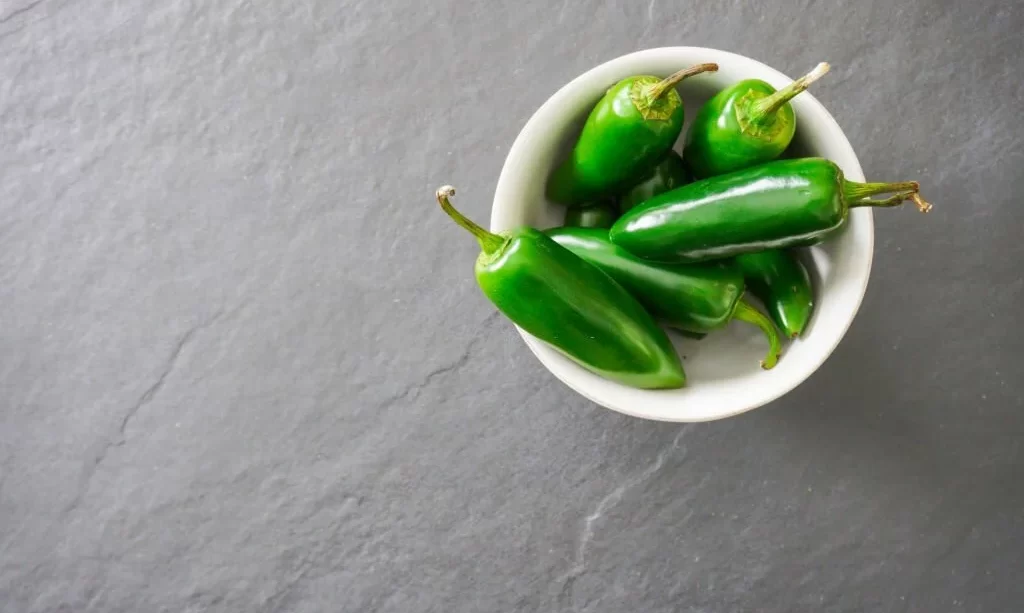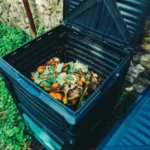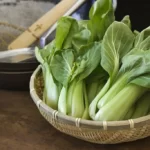Jalapeños, those vibrant green chili peppers, are a staple in many cuisines, known for their distinctive spiciness and flavor. While some people revel in the fiery kick that jalapeños bring to their dishes, others may find the heat a bit overwhelming. Whether you have a low tolerance for spiciness or are looking to create a milder version of a recipe, this article will guide you on how to make jalapeños less spicy without compromising their flavor.
In this culinary journey, we will explore various methods and techniques to tame the heat of jalapeños while still enjoying their characteristic taste. From understanding the Scoville Heat Scale to selecting milder jalapeño varieties, you’ll discover how to customize the spiciness of your dishes to suit your palate.
Heat of Jalapeños
Before we delve into techniques for reducing the spiciness of jalapeños, it’s essential to grasp the factors contributing to their heat. Jalapeños are measured on the Scoville Heat Scale, a rating system that quantifies the spiciness of chili peppers. Jalapeños typically fall between 2,500 to 8,000 Scoville Heat Units (SHU), which places them in the moderate spiciness category.
The primary source of heat in jalapeños is found in the seeds and the white membrane inside the pepper. As these components come into contact with your taste buds, they release capsaicin, the compound responsible for the fiery sensation. Understanding that the heat is concentrated in specific parts of the jalapeño will be essential as we explore ways to reduce it.
Selecting Mild Jalapeños
When looking to make your dishes less spicy, one of the simplest approaches is to begin with milder jalapeños. While the spiciness of jalapeños can vary depending on the variety and growing conditions, some types are inherently milder than others. For instance, “Tam Mild” jalapeños are specifically bred to have reduced heat while retaining the classic jalapeño flavor.
When selecting jalapeños for your recipes, pay attention to their appearance. Look for peppers that have fewer striations or stretch marks on their skin, as these are often indicators of a milder heat level. Additionally, jalapeños that are smooth, firm, and have fewer wrinkles are more likely to be mild.
If you’re searching for milder jalapeños and cannot find specific varieties like “Tam Mild,” consider asking your local farmers’ market or grocer about the available options. By starting with milder peppers, you can achieve the desired level of spiciness in your dishes without the need for extensive alterations.
De-Seeding and De-Membraning Jalapeños
An effective method for reducing the spiciness of jalapeños is to remove the seeds and membrane, where the majority of the capsaicin, responsible for the heat, is concentrated. Here’s how to do it:
- Prepare the Jalapeños: Put on gloves to protect your hands from the capsaicin. Slice the jalapeños in half lengthwise, exposing the seeds and membrane.
- Remove Seeds and Membrane: Use a spoon or your gloved fingers to scrape out the seeds and membrane from the jalapeños. The more thoroughly you remove, the milder the jalapeños will be.
- Rinse: After deseeding, rinse the jalapeños under cold water to remove any remaining capsaicin. This will help ensure that your recipes are less spicy while retaining the jalapeño flavor.
Deseeding and removing the membrane is a straightforward and effective way to control the spiciness of jalapeños while still using them in your recipes.
Blanching Jalapeños
Blanching is a technique that can soften the heat of jalapeños while retaining their vibrant color and texture. Here’s how to do it:
- Boil Water: Bring a pot of water to a rolling boil.
- Prepare the Jalapeños: Make a small slit in each jalapeño to prevent bursting during blanching.
- Blanch the Jalapeños: Submerge the jalapeños in the boiling water for about 2-3 minutes. The heat will mellow the spiciness.
- Transfer to Ice Water: Quickly transfer the blanched jalapeños to a bowl of ice water to halt the cooking process and preserve their color and texture.
Blanched jalapeños can be used in a variety of dishes, adding a milder and more nuanced heat.
Soaking Jalapeños
Soaking jalapeños in specific solutions can be an effective way to reduce their spiciness. Here are two common soaking methods:
Vinegar Soak:
- Prepare the Jalapeños: Slice the jalapeños and remove the seeds and membrane if desired.
- Soak in Vinegar: Submerge the jalapeño slices in a bowl of white vinegar. The vinegar will help neutralize the capsaicin.
- Soak Time: Allow the jalapeños to soak for 20-30 minutes or longer, depending on how much you want to reduce the spiciness.
Milk Soak:
- Slice and Prepare the Jalapeños: Slice the jalapeños and remove the seeds and membrane.
- Soak in Milk: Place the jalapeño slices in a bowl of milk. The fats in the milk can help counteract the spiciness.
- Soak Time: Allow the jalapeños to soak for 20-30 minutes or longer for a milder flavor.
Both of these soaking methods are effective at reducing spiciness, and the choice between vinegar or milk can depend on your flavor preferences and dietary restrictions. Once soaked, you can incorporate the jalapeños into your recipes, adding a milder, more manageable heat.
Roasting Jalapeños
Roasting jalapeños is a flavorful way to mellow their heat and enhance their smoky notes. Here’s how to roast jalapeños:
- Prepare the Jalapeños: Slice the jalapeños in half lengthwise and remove the seeds and membrane if desired.
- Roasting Method: You can roast jalapeños using different methods, such as broiling, grilling, or directly over an open flame. The choice depends on your kitchen setup and preferences.
- Roast Until Charred: Place the jalapeño halves with the cut side down on a baking sheet or grill grate. Roast them until the skin becomes charred and blistered. This process typically takes 5-10 minutes.
- Steam and Peel: Transfer the roasted jalapeños to a sealed container or a plastic bag to allow them to steam for a few minutes. This will make peeling the charred skin easier. Once cooled, peel off the skin.
Roasted jalapeños have a delicious smoky flavor with less spiciness. They’re perfect for salsas, sauces, and other recipes where you want to add depth of flavor.
Cooking Techniques to Mellow Heat
Several cooking techniques can be employed to mellow the heat of jalapeños:
- Sautéing: Sautéing jalapeños in oil or butter over moderate heat can help reduce their spiciness while enhancing their flavor. The heat mellows as the peppers cook.
- Grilling: Grilling jalapeños adds a smoky flavor and softens their heat. Grill them until they’re slightly charred, then remove the skin, seeds, and membrane.
- Caramelization: Slow-cooking or caramelizing jalapeños in a bit of sugar and butter can tone down their spiciness and provide a sweet and savory note.
By utilizing these cooking techniques, you can enjoy the flavor of jalapeños without the overwhelming heat.
Combining Jalapeños with Cooling Ingredients
Balancing the spiciness of jalapeños can be achieved by combining them with cooling ingredients. Here are some options:
- Dairy Products: Sour cream, yogurt, or cream cheese can help counteract the heat of jalapeños. These dairy items add a creamy texture and a cooling effect to your dishes.
- Citrus: The acidity of citrus fruits like lime or lemon can provide a refreshing contrast to the heat of jalapeños. Lime juice, in particular, pairs well with the flavor of jalapeños.
- Sweet Elements: Adding sweet ingredients like honey, agave nectar, or sugar can help balance the spiciness of jalapeños. The sweetness complements the heat, creating a harmonious flavor profile.
By incorporating these cooling ingredients into your recipes, you can achieve a well-balanced and less spicy result while still savoring the distinct taste of jalapeños.
Conclusion
Jalapeños, with their vibrant spiciness and unique flavor, hold a special place in many culinary traditions. Whether you’re seeking to create a milder version of a dish or make your recipes more accessible to those with different spice tolerances, the methods explored in this article offer various ways to reduce the heat while retaining the character of jalapeños.
From de-seeding and de-membraning to roasting, cooking, and pairing with cooling ingredients, you have a range of options at your disposal. These techniques allow you to harness the versatility of jalapeños, adding their distinct flavor to your dishes without overwhelming your taste buds with heat.
With these methods, you can confidently explore the world of jalapeños, customizing their spiciness to suit your preferences and delighting in the balance of flavors they bring to your culinary creations.



